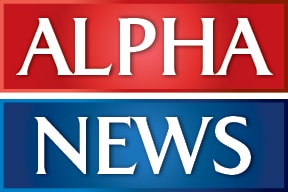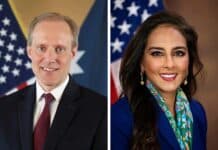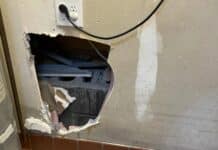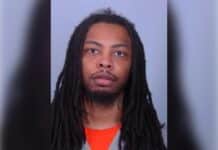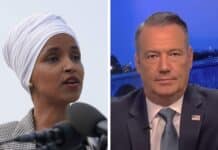
Amidst a wave of elementary students shuffling to and from a cavalcade of yellow school buses circulating outside the Minneapolis Institute of Art last Thursday, volunteers for the city of Minneapolis’ elections divisions greeted a steady stream of adults walking up to the museum’s main entrance.
“Are you here to vote today?” Mark W. asked passersby as he stood next to a “Vote Here” sandwich board-style sign. Most of those who entered the museum indicated they were there to take in the artwork.
But inside the museum a line of about three dozen or so people snaked around the Agra Culture café and beyond the docent desk. Minneapolis Mayor Jacob Frey chatted with an election worker as several people in line were filling out same-day registration paperwork before they cast their votes at the one-day, “pop-up” voting site the city’s elections and voters services division operated for Minneapolis residents.
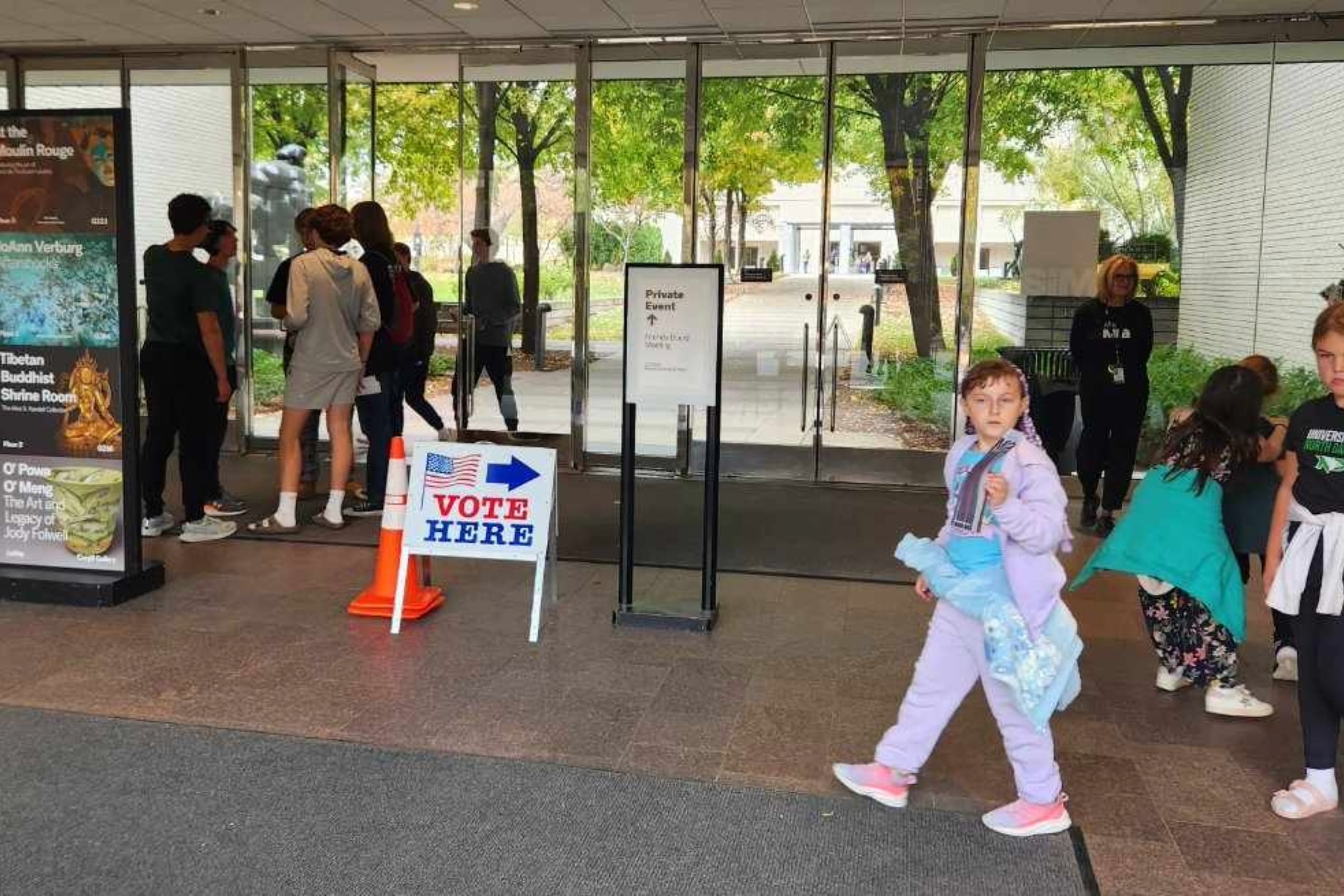
Frey was dropped in to help the city’s elections team celebrate an award it won for implementing its pop-up, early voting site program over the final two weeks of the 46-day voting period across Minnesota.
Each day since Oct. 22, the city has moved its mobile pop-up voting elections team to a different planned location across town. The first pop-up voting site in Minneapolis was held at the Weisman Art Museum on the University of Minnesota campus. More than 600 people cast a vote at the temporary polling location, most of them college students, Katie Smith, Minneapolis director of elections and voter services, told Alpha News.
Each of the city’s 11 one-day, pop-up polling locations were selected after evaluating a variety of factors, Smith said, including: geography, turnout percentage, voting age data, underserved communities, and locations that expressed interest in hosting a site.
“Regarding access, our Early Voting sites were evaluated using the same criteria as Election Day polls for accessibility requirements, which does affect to an extent the location of our polling sites,” Smith said. “Dates were selected based on availability of the facilities.”
DFL-controlled legislature pushed, approved ‘pop-up’ early voting law
The opportunity to operate one-day, pop-up voting sites became possible after the DFL-controlled legislature approved a bill in 2023 that allowed municipalities and counties to establish temporary, one-day early voting sites in coordination with the Secretary of State. The pop-up locations are different from in-person early voting sites that are available in many municipalities. This spring an elections reform bill amended that law to authorize counties and cities to operate pop-up voting sites on college campuses upon request of the post-secondary institution. Just two college campuses took up that opportunity this fall, including Carleton College, which held it’s one-day, pop-up voting site on Oct. 10.
The author of that provision, Rep. Kristi Pursell, DFL-Northfield, told her legislative colleagues this spring she believes that as the idea catches on, more post-secondary institutions will request that their county auditors help them organize one-day, on-campus voting sites.
“Given that young adults are least likely to own a car, and many 18- and 19-year-olds do not have a driver’s license, it can be very difficult for them to reach early voting and Election Day voting sites,” Pursell said during a hearing on the bill in March. “I’m excited that this bill will expand access as well as participation by the newest voters and in doing so will promote lifelong voter participation.”
Democrats accused of campaigning too close to one pop-up polling site
State officials were also at the University of Minnesota pop-up early voting event—themed as a “Voterpalooza” for students—to utilize the public relations opportunity to discuss the importance of finding new ways to expand voting.
“It sends a message to young people and to first-time voters that we don’t want to make the system an obstacle course,” Minnesota Secretary of State Steve Simon said. “We’re willing to engage in voting procedures that mirror your hectic life and give you an opportunity to vote in the way that best makes sense for you.”
The “Voterpalooza” event drew some scrutiny on social media as critics alleged that Harris-Walz supporters were treading too close to the pop-up polling location at Weisman Art Museum.
Florida U.S. House Rep. Maxwell Frost, a Democrat who has self-branded as the “first Gen Z member of Congress,” was chronicled by media members on site providing golf cart rides to students to the pop-up polling place. He also trekked through the Coffman Memorial Student Union next door to encourage students to vote.
Last Wednesday, a Catholic Charities-owned Evergreen Residence apartment building for homeless adults hosted the city’s second day of pop-up early voting. While election staff on site told Alpha News that turnout wasn’t expected to be as high as the day prior at the University of Minnesota, there were a handful of passersby who interacted with greeters who invited them to come vote. Occasionally, vehicles would pull up to the site and drop individuals off at the apartment complex, which used a community room inside the lobby as a space for voters to cast their ballots.
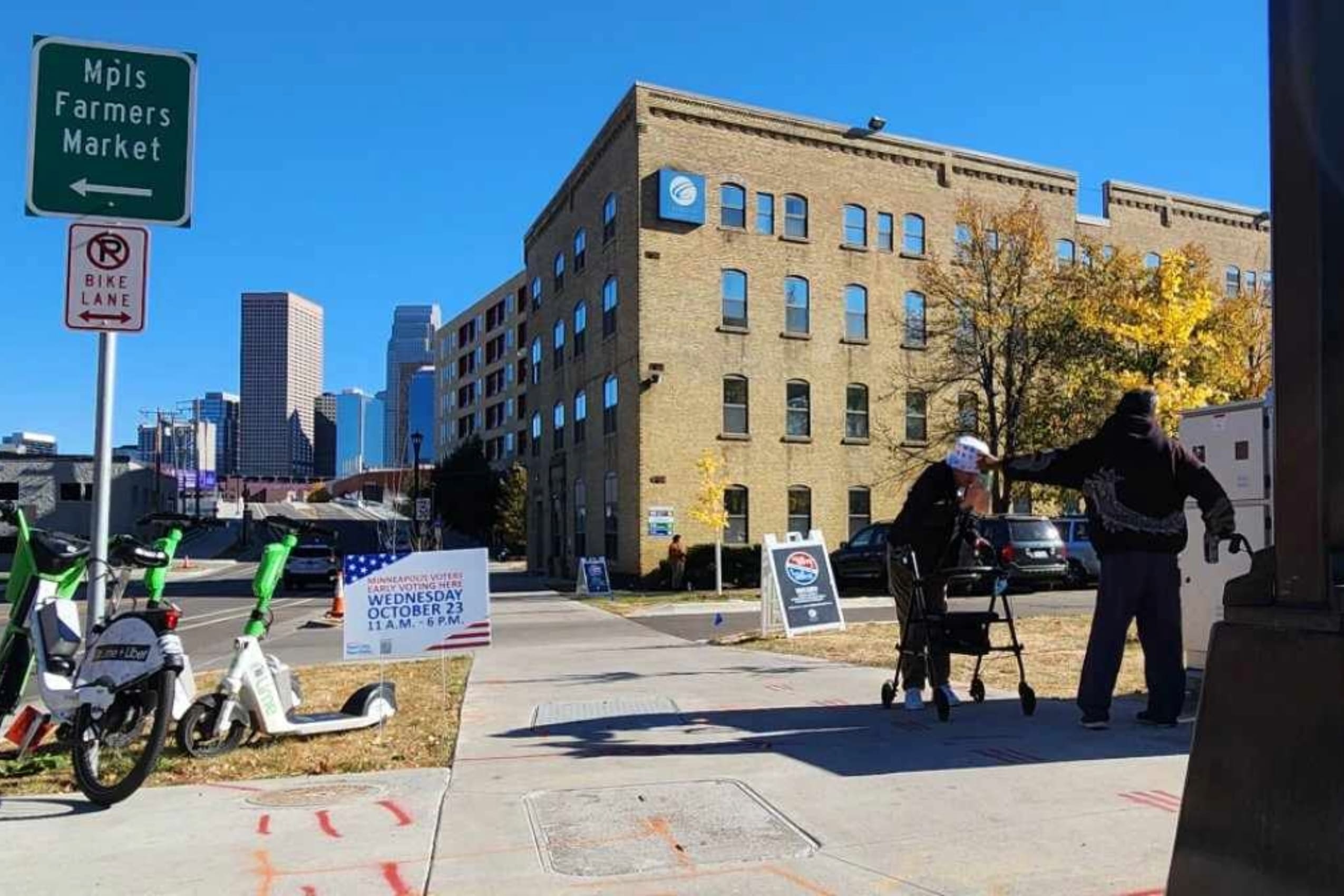
Later in the week, the pop-up voting site moved to the Midtown Global Market. On Monday, there was reportedly almost an hour wait for voters who arrived at the Lynnhurst Park pop-up voting site in southwest Minneapolis.
While Minneapolis isn’t the only city to take advantage of the new law allowing counties and municipalities to establish and operate one-day, pop-up voting sites, other such opportunities have been limited to American Indian reservations and a handful of cities, including St. Louis Park and Moorhead, said Peter Bartz-Gallagher, communications director for the Minnesota Secretary of State.
In total, Minneapolis is operating 11 of the 23 one-day, pop-up early voting sites across Minnesota, Bartz-Gallagher added.
Hank Long
Hank Long is a journalism and communications professional whose writing career includes coverage of the Minnesota legislature, city and county governments and the commercial real estate industry. Hank received his undergraduate degree at the University of Minnesota, where he studied journalism, and his law degree at the University of St. Thomas. The Minnesota native lives in the Twin Cities with his wife and four children. His dream is to be around when the Vikings win the Super Bowl.
